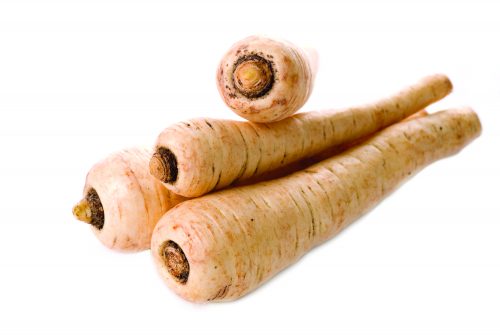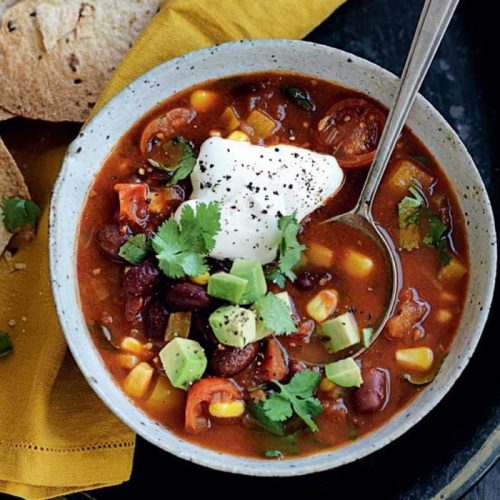
With their pale, carrot-like appearance, it’s not surprising parsnips are a relative of the carrot and celeriac.
Parsnips have a nutty, sweet flavour – the sweetness comes from when the starch converts to sugar which happens in cold, even frosty weather.
Buying
Woody or fibrous-centred parsnips are below par, so cut out such parsnip cores, or to minimise the chance of selecting woody parsnips, choose the small to medium-sized vegetable with minimal whiskers and blemishes that are smooth and firm. Prepare parsnips for cooking as you would carrots – only peeling the vegetable if it’s old and tough. Parsnip skins will slip off after steaming.
Storing
Parsnips will store for up to one week in a plastic bag in the fridge.
Nutrition
High in fibre – with 3.6g in a half cup of chopped parsnips – parsnips are also a good source of folate and potassium.
Using
Parsnip cooking times vary, depending on the method, size and age of the vegetable. Steam, microwave, boil or sautée the vege as a side. Parsnips are often boiled and mashed together with carrots or with potatoes. Roast parsnips as chips, alongside other root vegetables, with a bit of oil and rosemary. And try parsnip cake for a change from similarly tasting and textured carrot cake. For a selection of recipes using parsnips, insert ‘parsnip’ as a key word search in the recipe finder of this website.
Did you know? Parsnips lend well to producing a variety of homemade wine.
www.healthyfood.com










